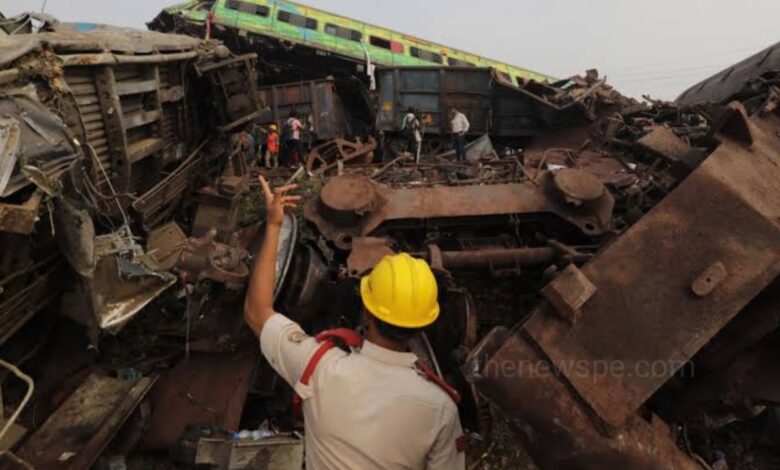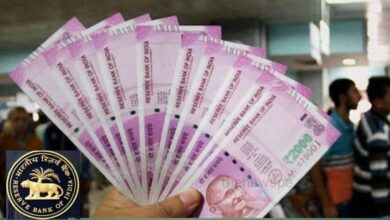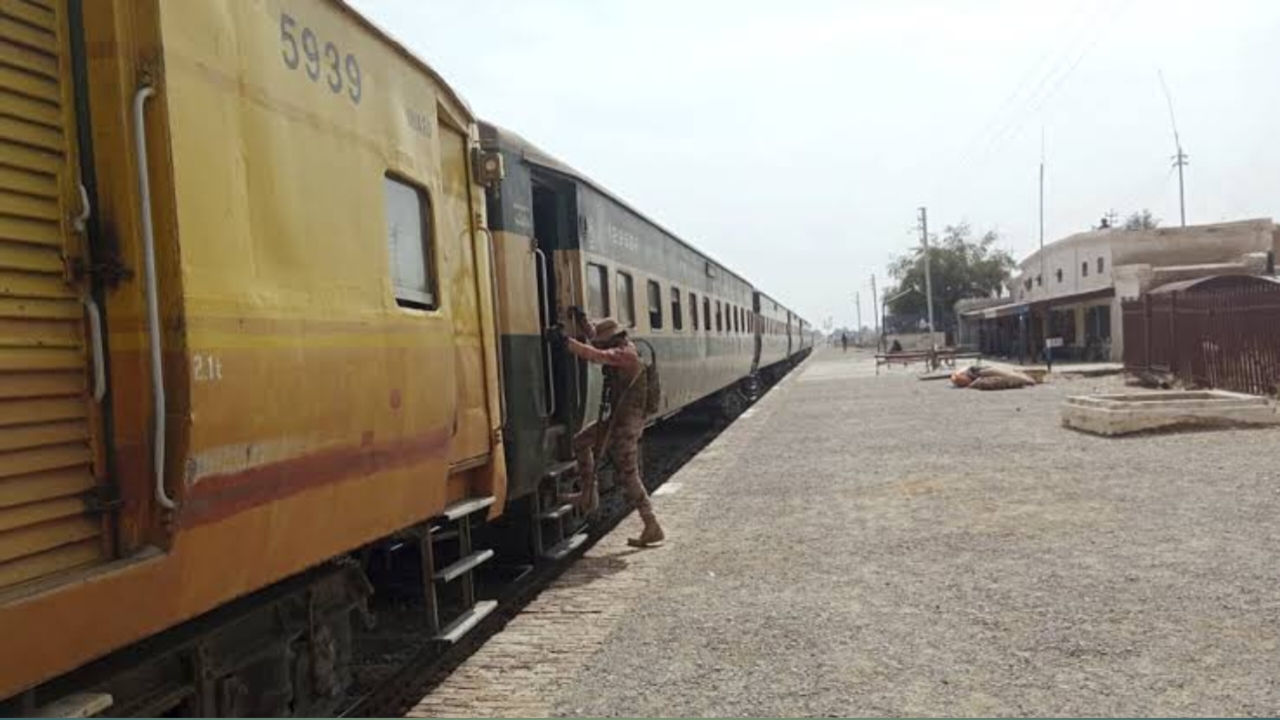Why Indian Railways To Install ‘Kavach’ System On Busy Rail Routes After Odisha Train Accident

Indian Railways has developed its own automatic train protection system called “Kavach” for improve the safety of the running trains.
Balasore Train Accident
On 2 June 2023, three trains collided near the Bahanaga Bazar railway station in Balasore, Odisha. At least 288 people were killed and several hundreds injured in the crash. The horrific train incident involved the two passenger trains, the Shalimar-Chennai Coromandel Express and Bengaluru-Howrah Superfast Express and a goods train. After the incidence horrific scenes at the crash site saw overturned bogies ,smashed coaches with bloodstained debris, dead bodies and injured passengers. In over two decades, this incidents is one of the deadliest train tragedies in the country.
After the horrific incident Union Railway Minister Ashwini Vaishnaw reached the train accident site in Balasore and declared that a high-level committee will be established to probe the incident. Repeating that the focus will remain on rescue operations and ensuring adequate medical help for the victims. Vaishnaw also added that the rail safety commissioner will conduct an independent investigation
After the incident West Bengal CM Mamata Banerjee also reached to the spot and spoke to Railway Minister Ashwini Vaishnaw. She also questioned why the Centre’s ‘Kavach’ system was not there on the route where the collision took place. If “Kavach” was there may be this will not happened. She said the horrific train accident was the “biggest of the century” and it requires a proper investigation to get the truth.
What is Kavach?
For enhancing the safety of running trains Indian Railways has developed its own automatic train protection system that is called “Kavach” . In association with three Indian vendors Kavach has been developed indigenously by the Research Design and Standards Organisation (RDSO). Kavach will enhance safety and efficiency of train operations such as in over speeding, loco pilot to avoid signal passing at danger and also help trains to running during unpleasant weather like dense fog.
Features of Kavach
- Controls speed of a train if loco pilot fails to apply the brakes by automatic application of brakes.
- Repeats line-side signal in the cab which is exceptionally valuable for higher speeds and foggy weather.
- Deals with the guideline of constant update of development authority.
- Auto whistling at level-crossing gates. Crash aversion by direct loco pilot-to-loco pilot communication.
- Supports features of SOS in case any setback to control train nearby.
Important Facts of Kavach
- Signal Passed at Danger( SPAD) is among the leading causes of train collisions. If a loco pilot jumps a signal, the Kavach system is alerts.
- The Kavach system can alert the loco pilot, assume command over the brakes and stop the train naturally when it sees one more train on a similar line within a prescribed distance
- Trials of Kavach were led on the Lingampally-Vikarabad-Aqueduct and Vikarabad-Bidar segments of South Focal Rail route
- Following successful trials, three vendors were supported for additional formative orders on the Indian Railways network.
- The complete consumption brought about on the advancement of Kavach remains at Rs. 16.88 crore.
- The carry out of Kavach is moved toward the New Delhi-Howrah and New Delhi-Mumbai segments, with an objective consummation date of March 2024.
- Further extension will be based on the experience acquired from the underlying execution.



